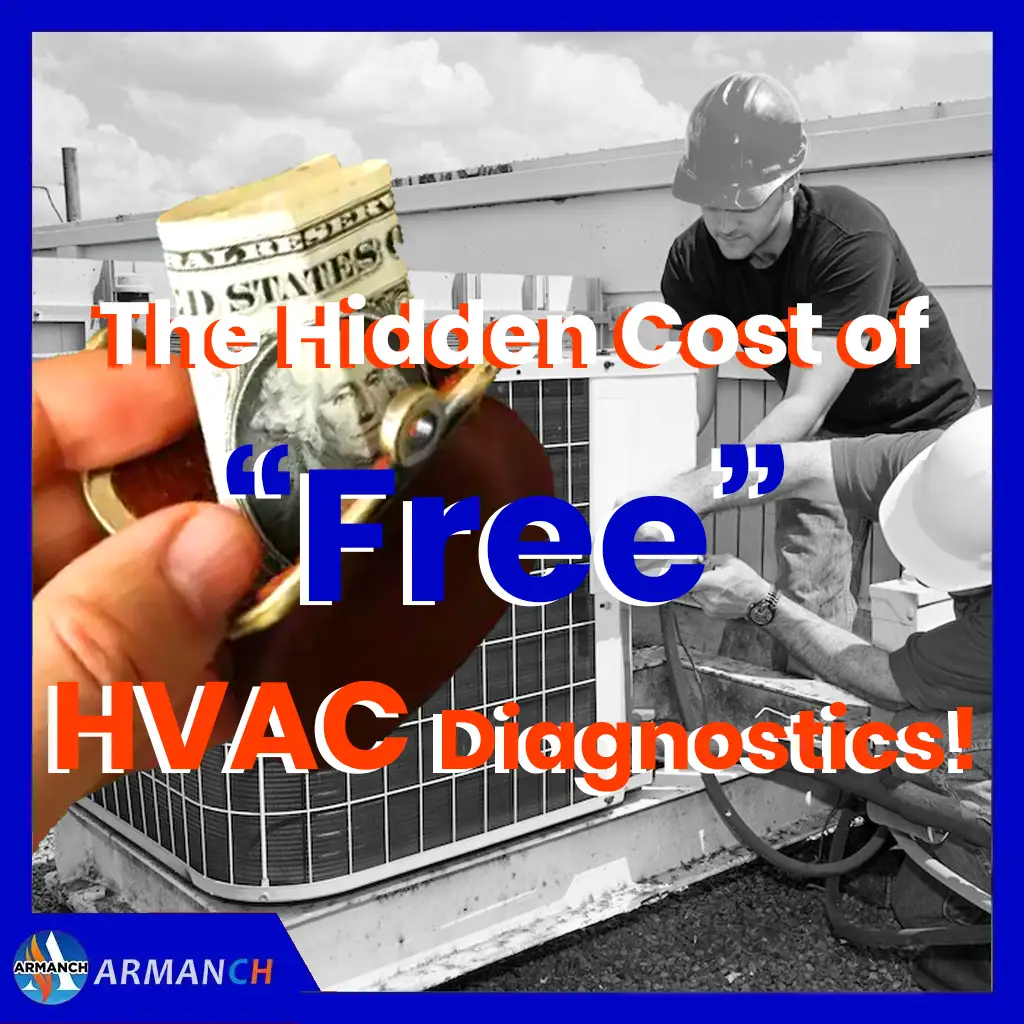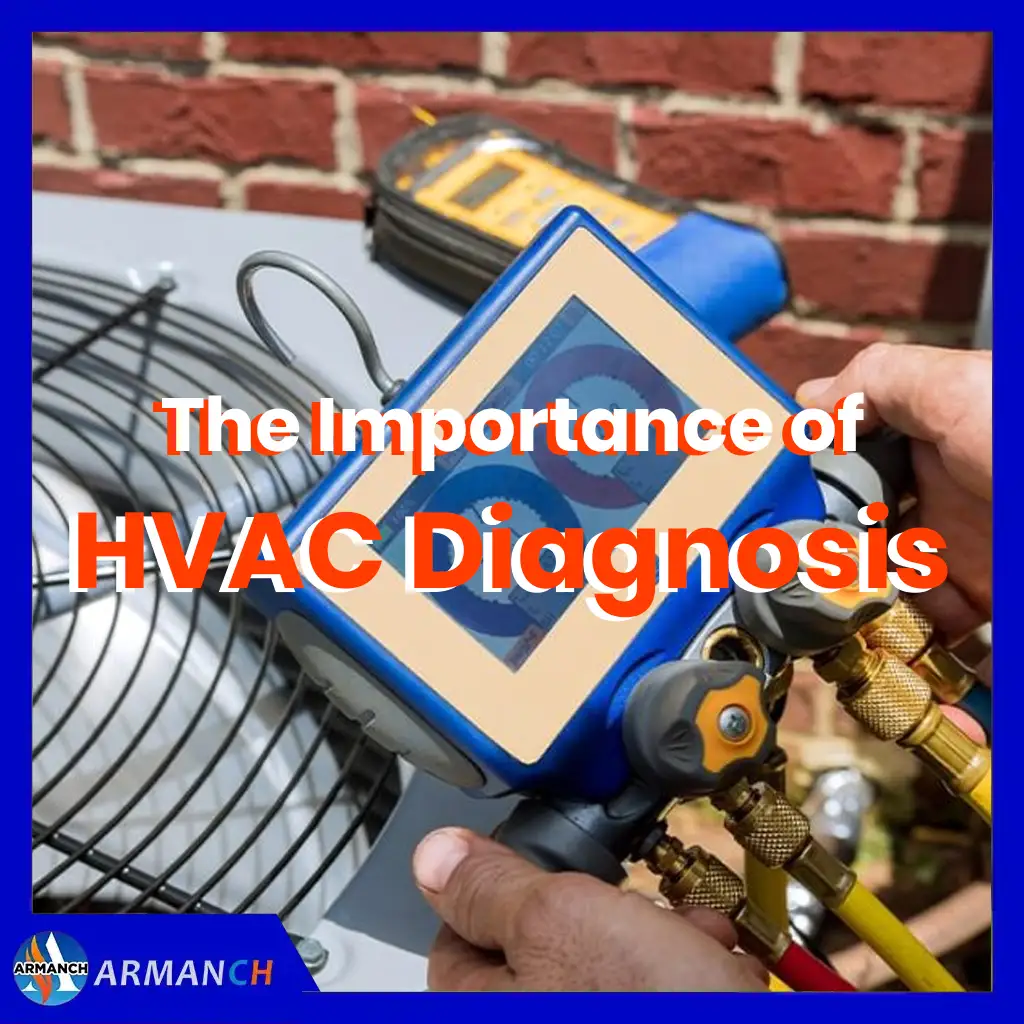
The Danger of Harmful Radon Gas for Canadians in 2025
Are Canadians at risk from harmful radon gas?
The risk of radon gas for Canadian homes in 2025
Canada , the second-largest country in the world by land area, is known for its vast natural landscapes, multicultural cities and high standard of living. However , despite its prosperity, many Canadians face challenges related to housing and infrastructure. In recent years, economic pressures , urbanization and an aging housing stock have contributed to the use of inadequate systems for mitigating environmental hazards. Limited public awareness and insufficient regulatory measures have also played a role in this issue.
In 2025, new reports from the University of Calgary revealed that approximately 10.3 million Canadians live in homes where the radon gas levels exceed Health Canada’s guidelines. This colorless odorless radioactive gas is the second leading cause of lung cancer in Canada and poses a serious public health threat.
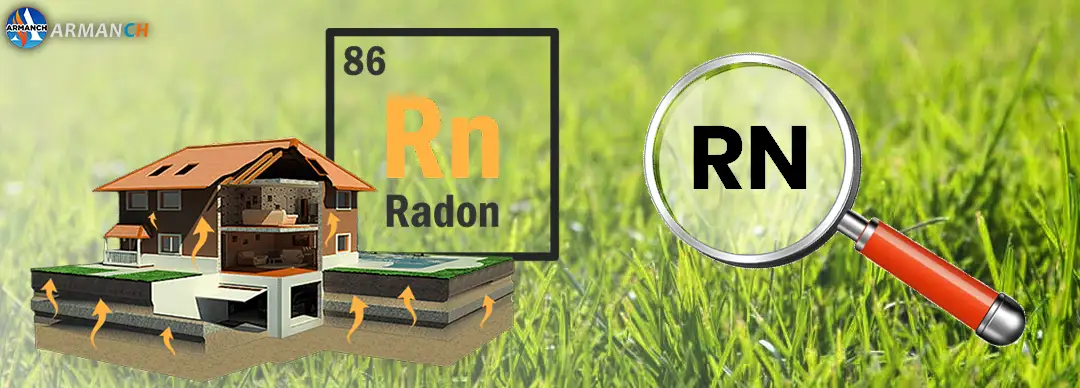
What is Radon Gas ?
Radon is a radioactive gas that naturally forms from the breakdown of uranium in soil, rocks and groundwater. This colorless , odorless gas can easily seep through cracks and gaps in buildings, entering homes and enclosed spaces . If accumulated at high levels radon can pose significant health risks .
Why is Radon Dangerous ?
Radon originates from the breakdown of uranium in soil and rocks and can enter homes through cracks and gaps in buildings. Inhaling high levels of radon can damage DNA at the cellular level increasing the risk of lung cancer.
Related Articles:
You might also find this article interesting to read: Ground Source Heat Pumps for Your Canadian Homes in 2024
Who is Most at Risk from Radon Exposure?
Individuals living in areas with high uranium levels, especially those in poorly ventilated buildings or in lower floors, are more at risk of radon exposure. Inadequate HVAC ( Heating, Ventilation and Air Conditioning ) systems cannot effectively remove radon from homes leading to increased radon levels. This issue is particularly evident in older or non optimized systems.
Moreover! smokers are at a higher risk from radon exposure as the simultaneous inhalation of cigarette smoke and radon significantly increases the risk of lung cancer. Children and elderly individuals are also more vulnerable due to weaker immune systems . Proper installation and maintenance of HVAC systems and the use of optimized solutions can help reduce radon risks.
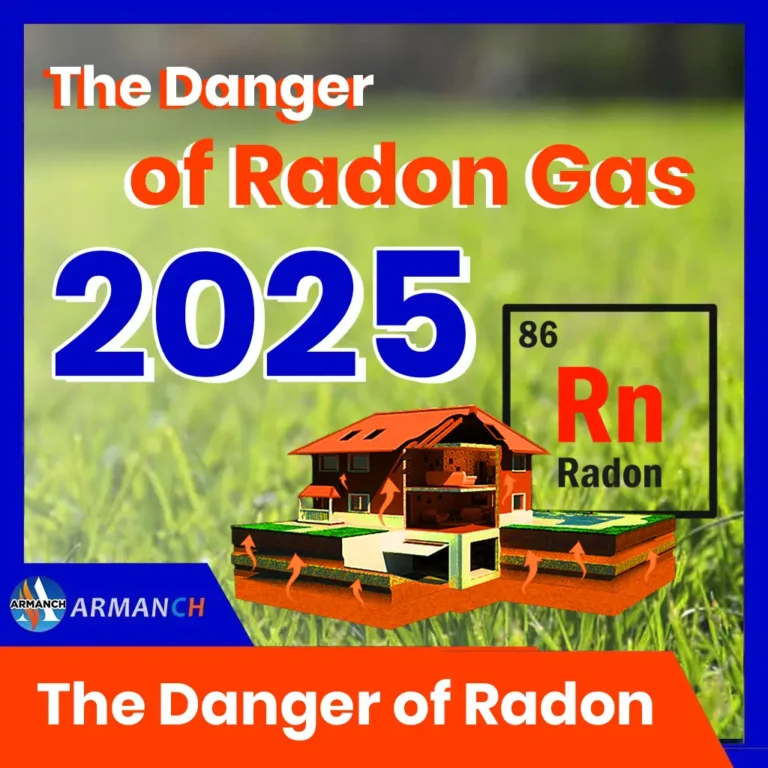
What Are the Solutions to Minimize Radon Risks?
To reduce radon levels in homes the following measures are recommended:
Proper Ventilation:
Using proper ventilation systems can help reduce radon concentration. These systems continuously move air, directing radon gas from inside the building to the outside and preventing its accumulation. Mechanical ventilation is one of the most effective methods for improving air quality and reducing radon levels.
Radon Mitigation Systems:
Installing radon mitigation systems that expel the gas from the home can be effective. These systems typically include pipes extending from the basement to the outside of the building , using a fan to direct radon gas outside . This method is one of the most commonly used and effective ways to reduce indoor radon levels.
Air Purifiers:
Using air purification devices can help reduce radon levels. These devices use specialized filters to remove Harmful particles and gases from the air improving indoor air quality.
Heat Recovery Ventilators ( HRV) and Energy Recovery Ventilators ( ERV) enhance indoor air quality while lowering radon levels. They work by drawing fresh air into the building as they exhaust contaminated air outside. Utilizing heat exchangers , these systems capture warmth from the outgoing air and transfer it to the incoming air , thereby conserving energy. As a result, they can markedly decrease radon concentrations within indoor environments. Sealing Cracks and Gaps: Sealing existing cracks and gaps in buildings can prevent radon infiltration.
Regular Radon Testing:
Using radon testing kits and consulting experts to monitor radon levels in homes is essential.
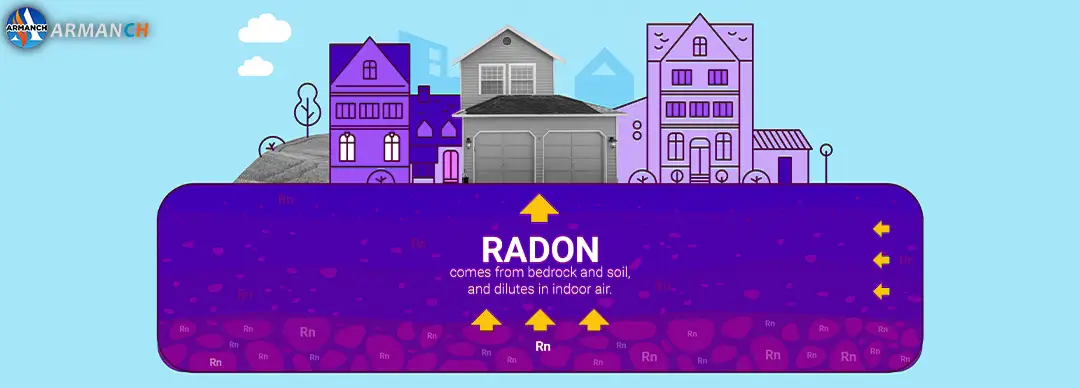
Final Thoughts and Recommendations :
Given the rising radon levels in Canadian homes , preventive and mitigation actions are crucial . Public awareness and the use of appropriate solutions can help reduce the risks posed by this radioactive gas and improve public health .
HVAC repair services in Toronto Canada by Armanch.
- HVAC-R
- Design and Permit Services
- Hydronic & Hot Water Services
- Heating and Cooling Services
- Air Conditioning Services





